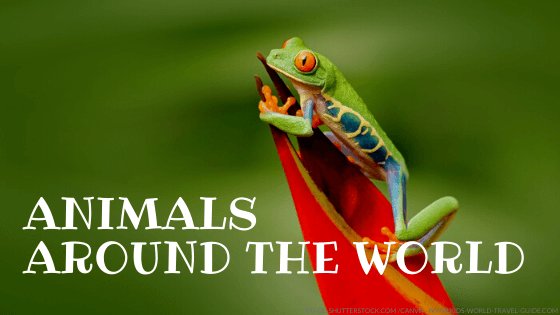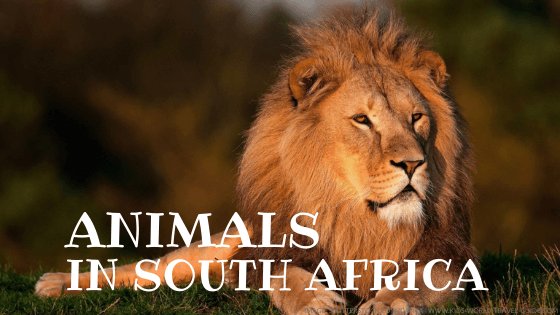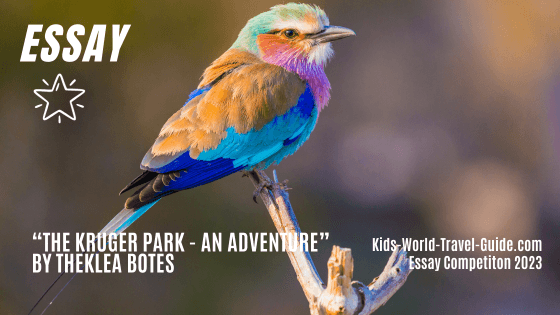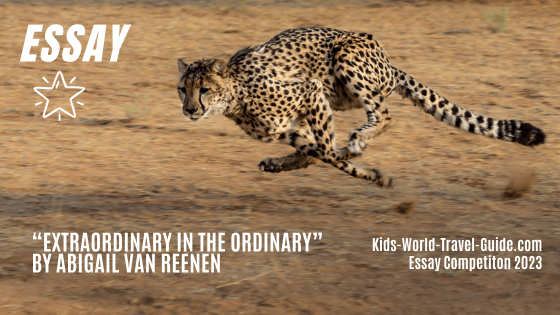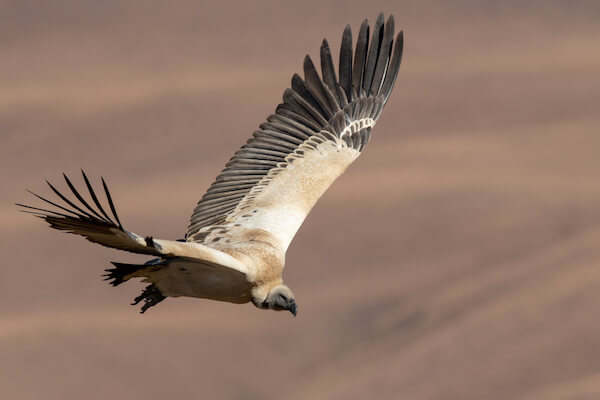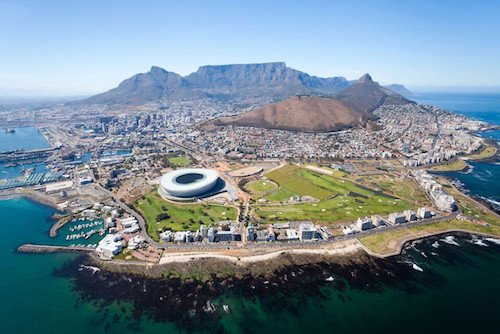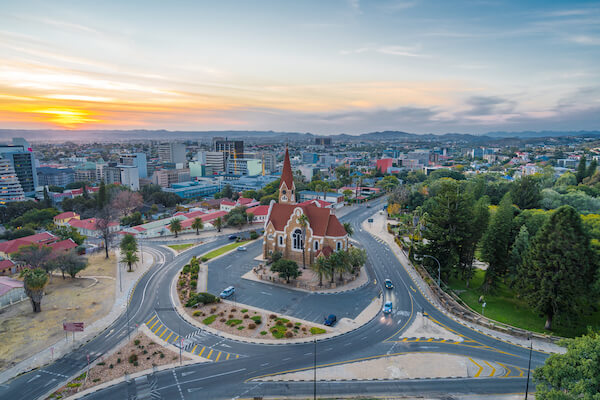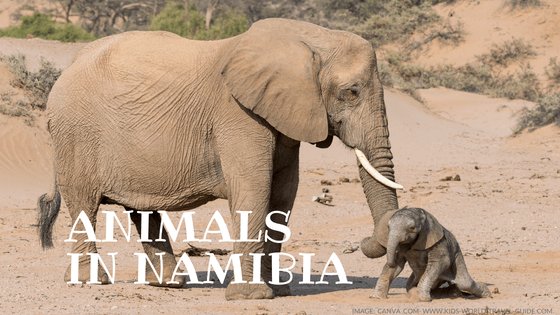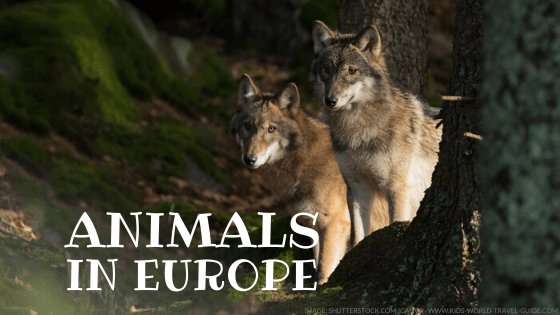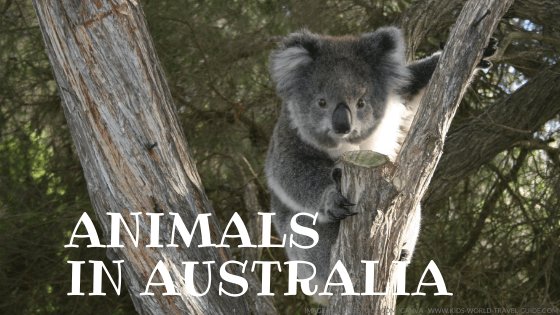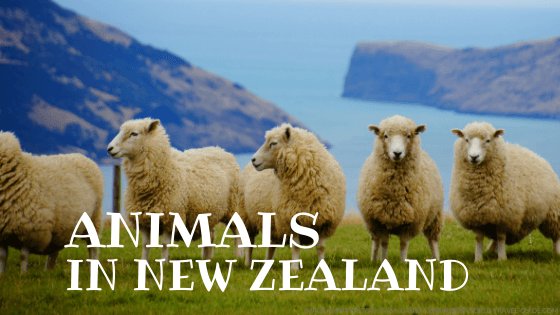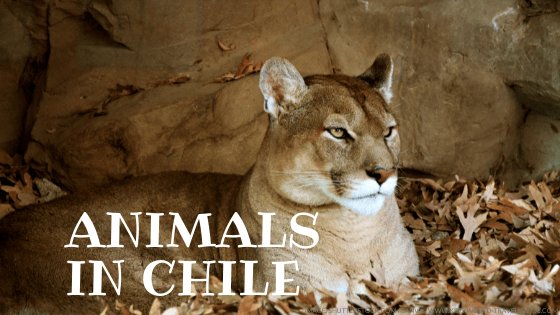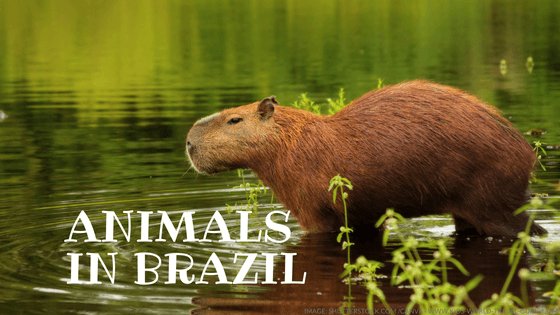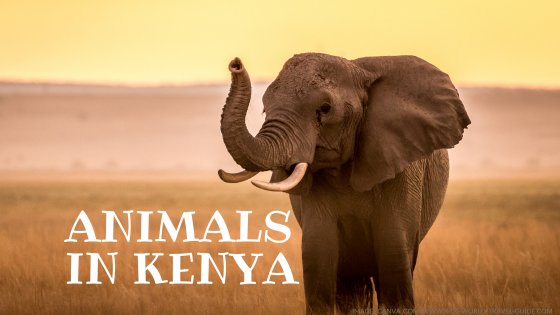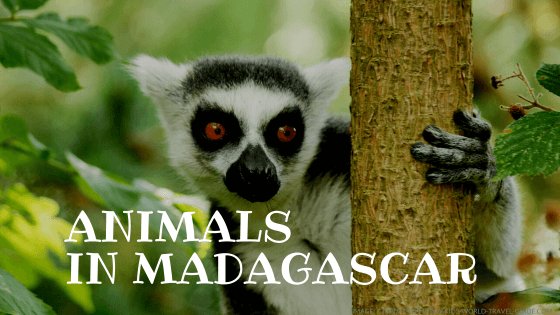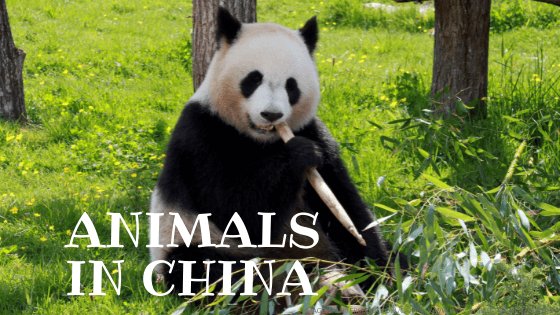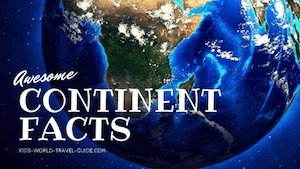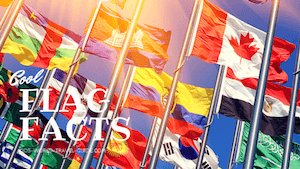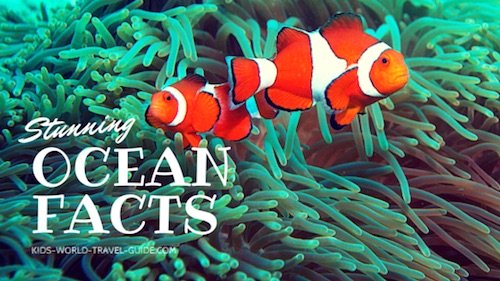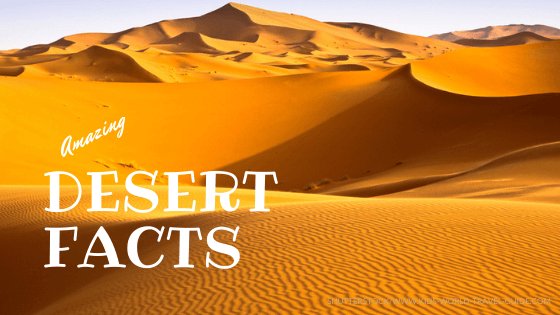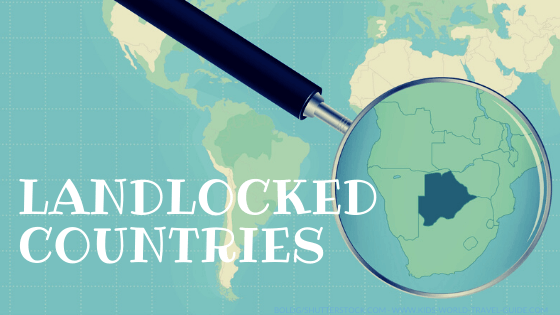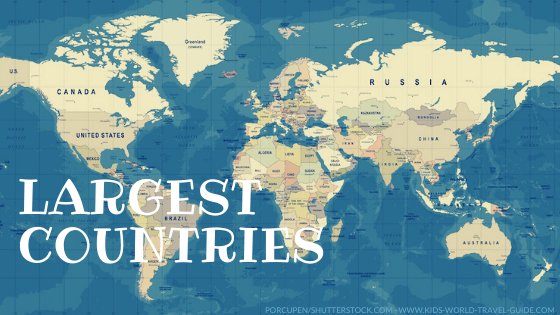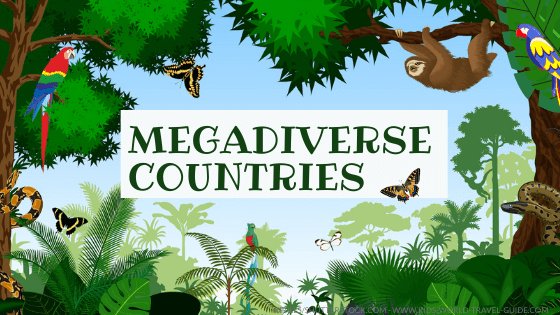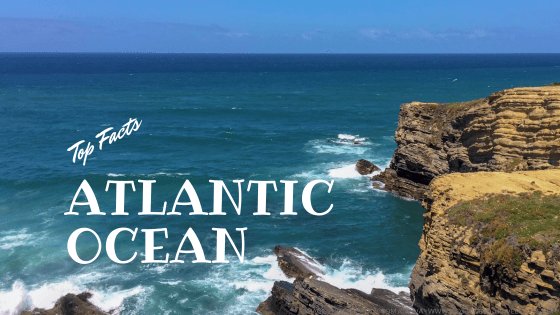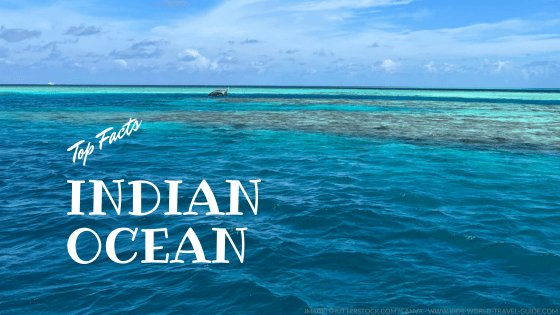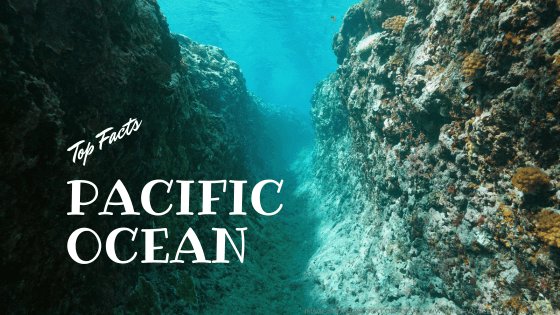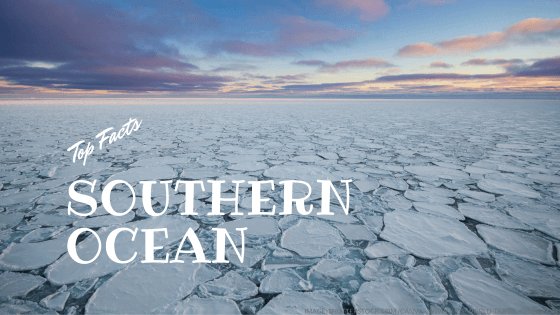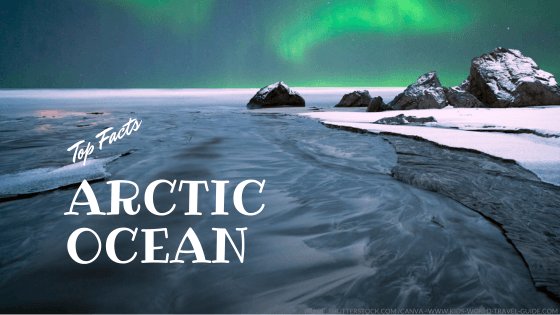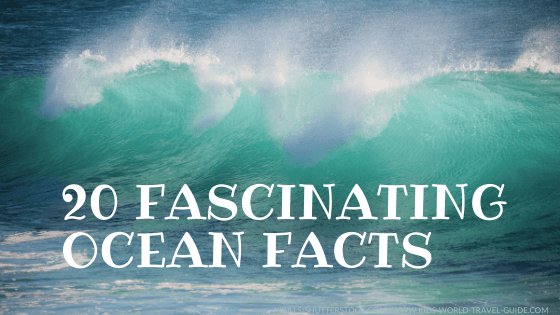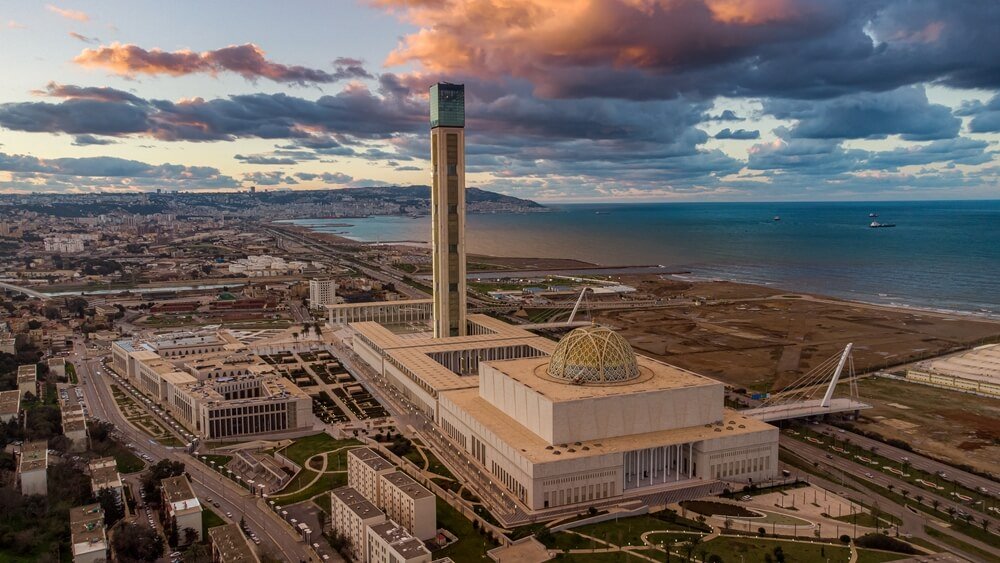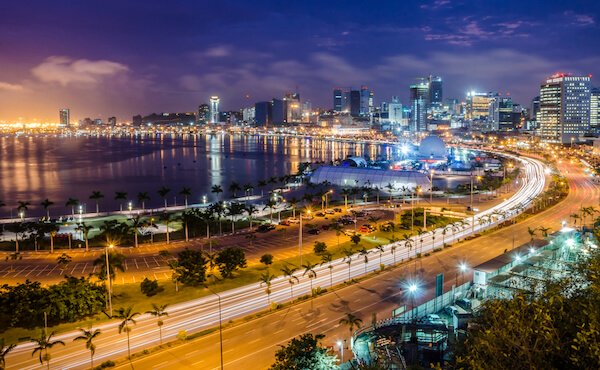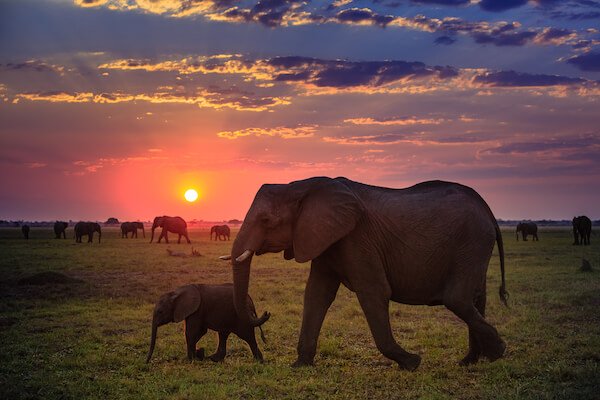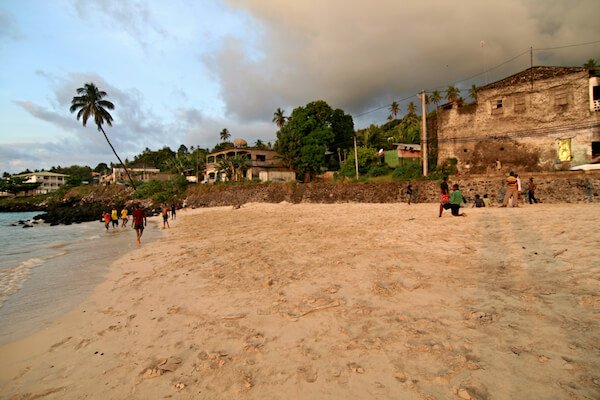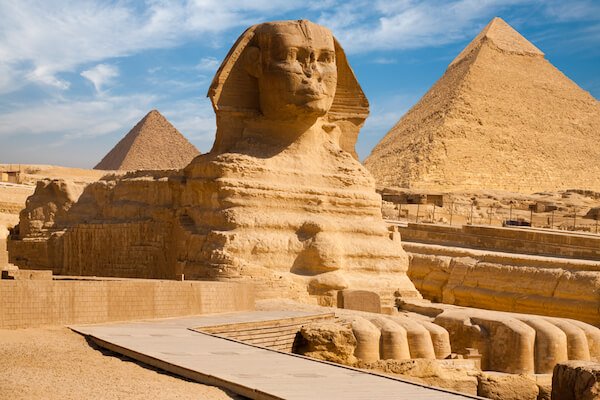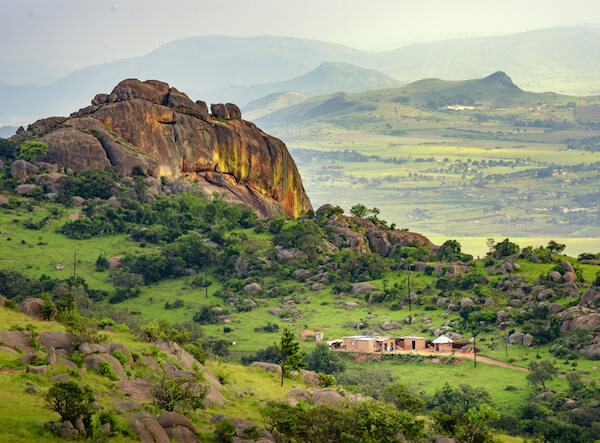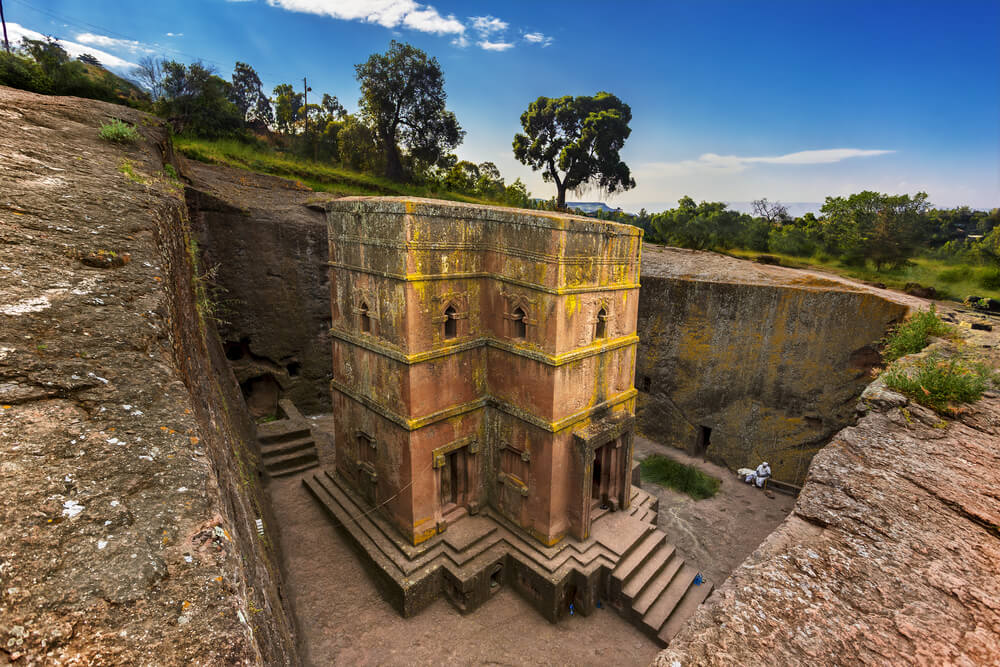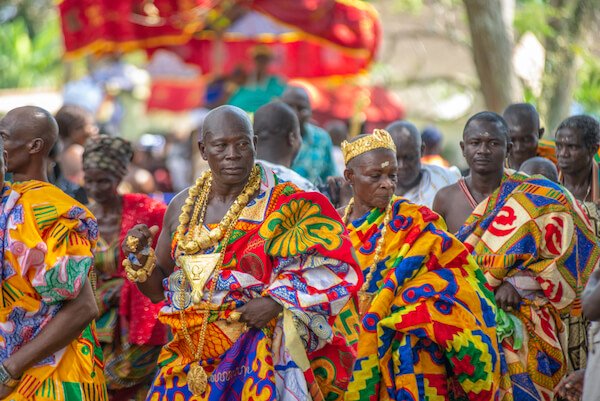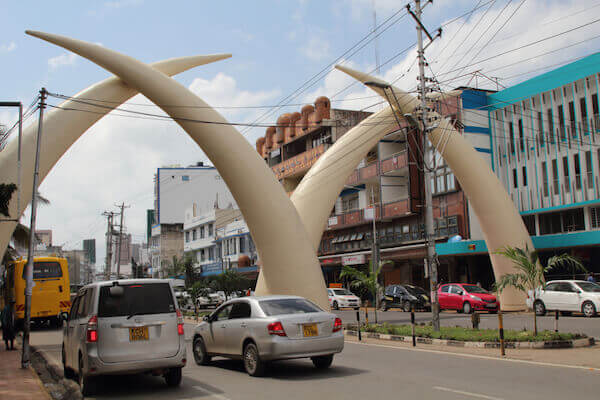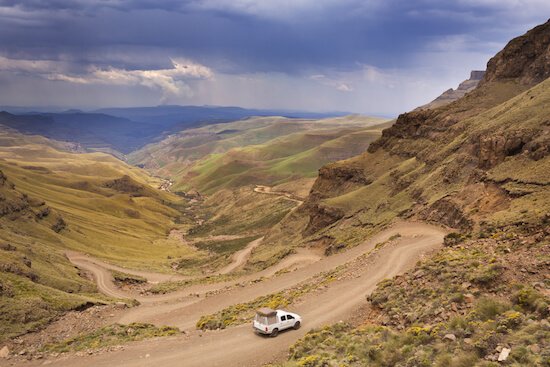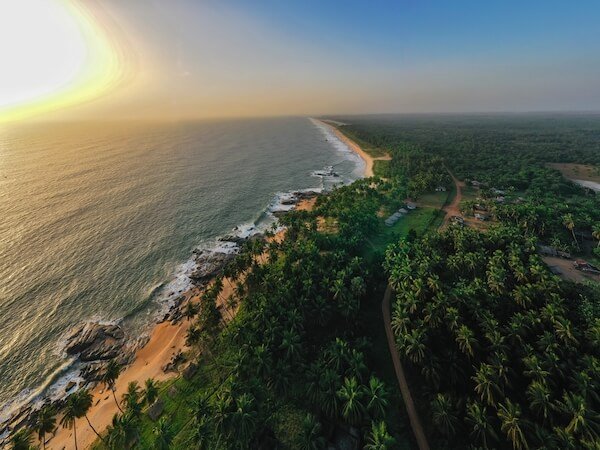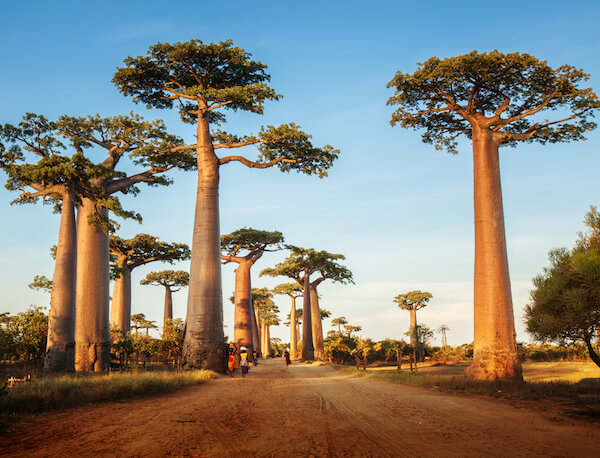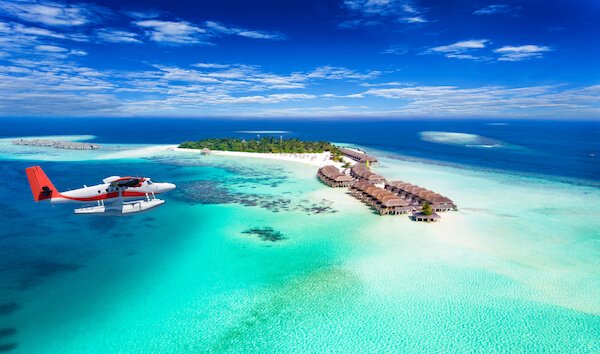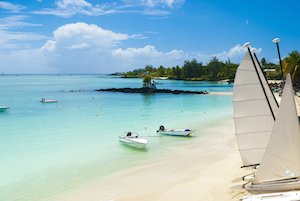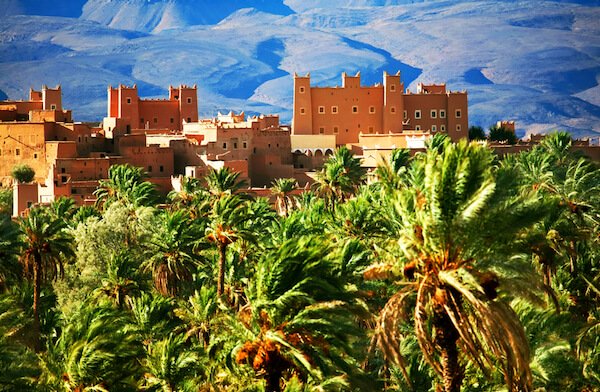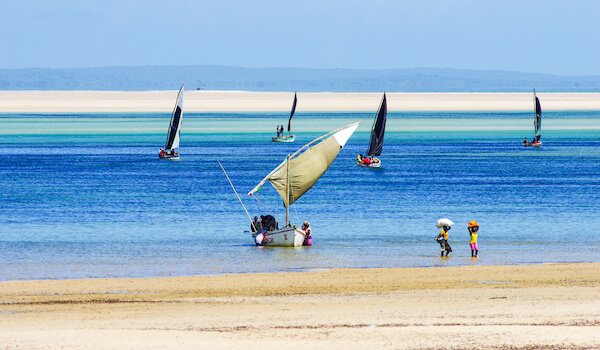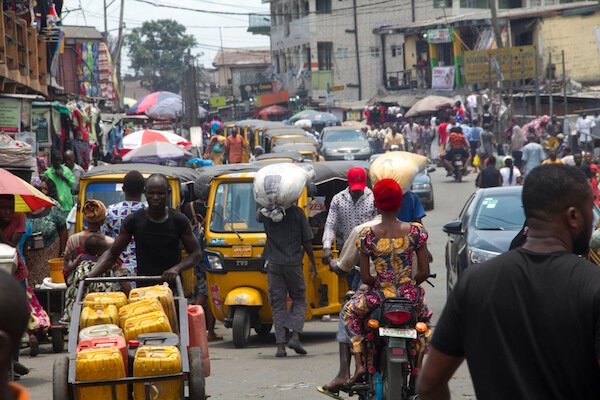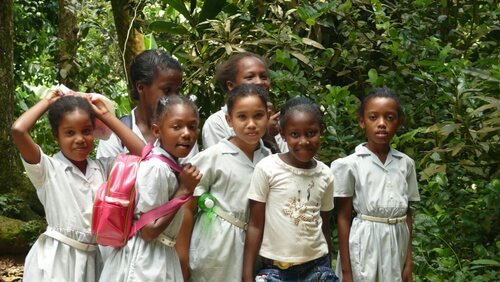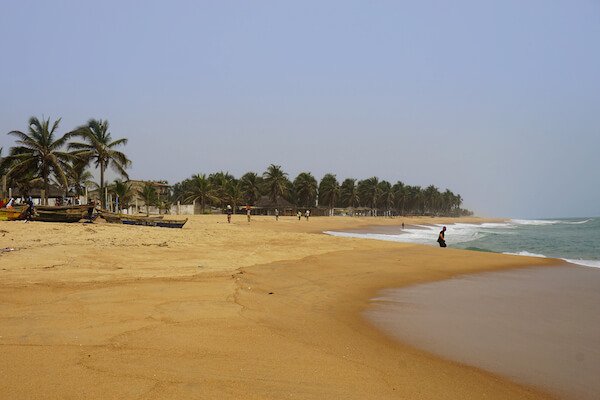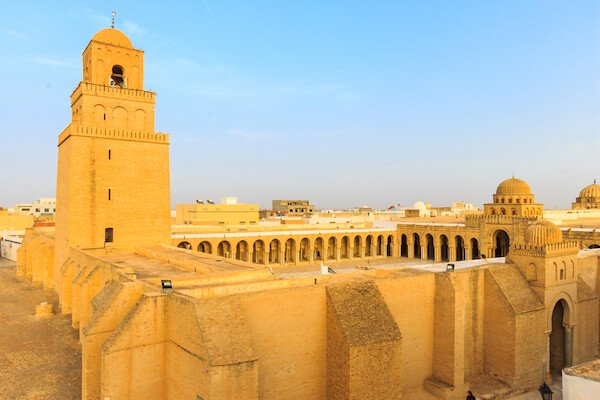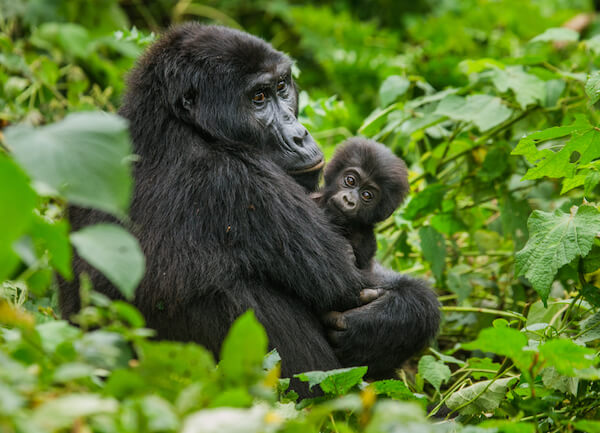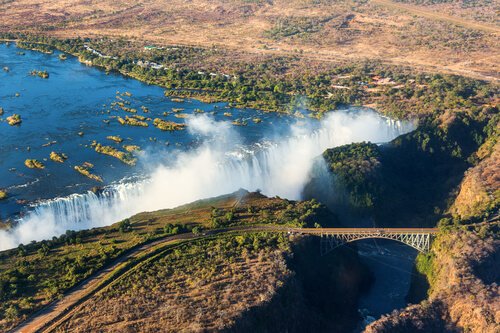- Homepage
- South Africa
- African Penguins
African Penguin Facts for Kids
There are 18 penguin species on our Earth and the African penguins are one of them, among them the tall Emperor Penguins in the Antarctic, the Macaroni penguins in Chile and the African penguins in Southern Africa.
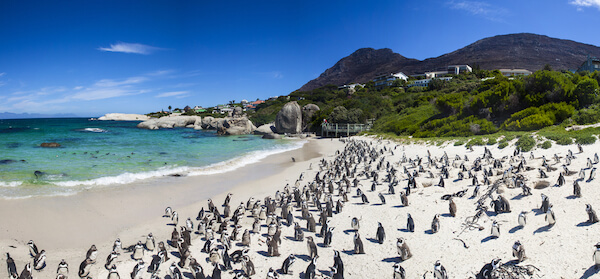 African penguin colony in Boulders Beach/ South Africa
African penguin colony in Boulders Beach/ South AfricaOne thing they all have in common is that penguins live in natural habitats only in the southern hemisphere.
The African penguins can be encountered only in South Africa and Namibia and there are in total only about 14,700, according to the latest census in 2021 and as this, they are an endangered species.
African penguins: What do they look like?
African Penguins are medium sized penguins and they reach up to 70 cm/27 inches in height and weigh up to 3.5 kg.
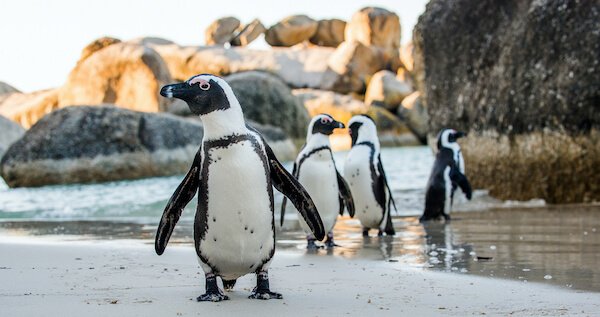 Penguins on the beach in South Africa
Penguins on the beach in South AfricaAdult penguins have black backs, a white face and a black band across the breast.
Young birds have a blue-grey back, no white face and no black band across the breast and occasionally little black spots on the white belly.
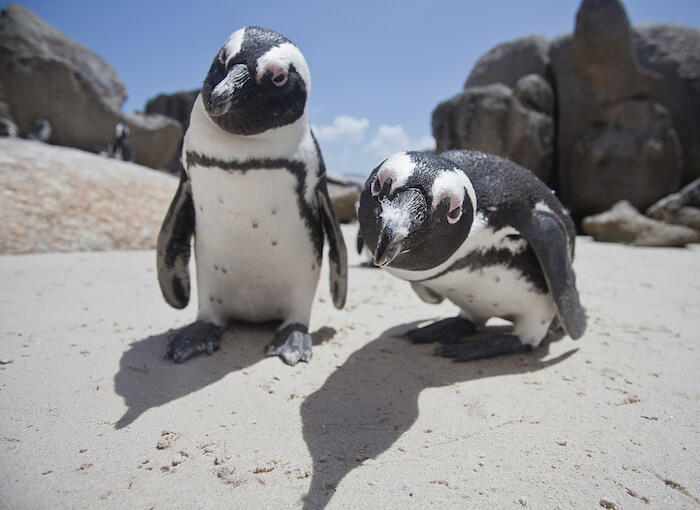 Curious young African penguins
Curious young African penguinsThere are two great spots to watch the penguins in their colonies in South Africa. One colony is at Boulders Beach near Cape Town and the other at Betty's Bay near Hermanus, where you can watch theses cute creatures waddle to and fro.
It is a lot of fun to watch them as they walk very clumsily, but they are very skillful swimmers.
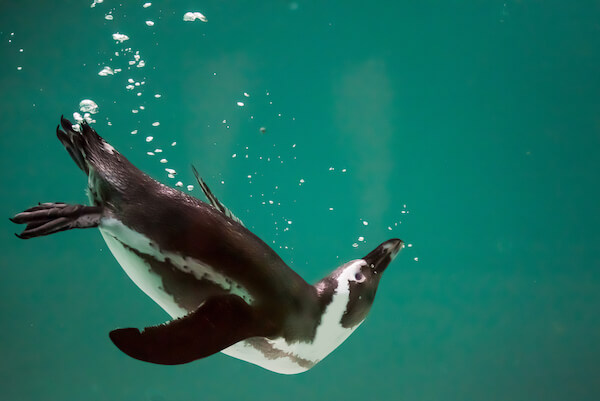 Swimming and diving penguin
Swimming and diving penguinAfrican Penguin Facts
- Name:
Common name: black-footed penguin or jackass penguin. The penguin call sounds similar to that of a braying donkey
Latin name: Spheniscus demersus. The name comes from a combination of Greek and Latin terms. The word spen is from the Greek and means "wedge" and refers to their wedge-like shape when swimming and the term demersus means "plunging" in Latin.
- Status:
African penguins are a threatened species and are classified as "vulnerable", as only 3% of their original population still exist in the wild!
The main challenge are poor breeding habitats and climate change events as well as oil disasters and diseases.
- Food:
The penguins mainly feed on sardines/pilchards, anchovies, squid, crustaceans. When penguins are hunting, they can reach speed up to 20km/h and often dive up to 30m deep.
Life Cycle of the African Penguin
African Penguins live up to 20 years. They start breeding when they are around 4 years of age. These penguins are monogamous, the penguin pair stays together usually for many years and often move back to their old nesting sites too.
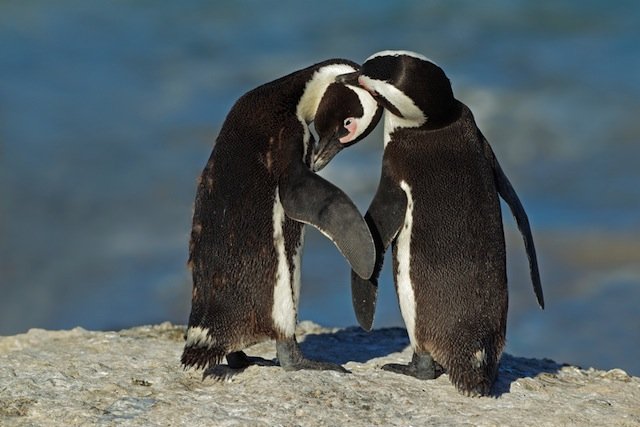 African penguin couple
African penguin coupleThe penguins nest throughout the year, the peak breeding season in South Africa is from March to May. They are nesting in burrows or under boulders or bushes.
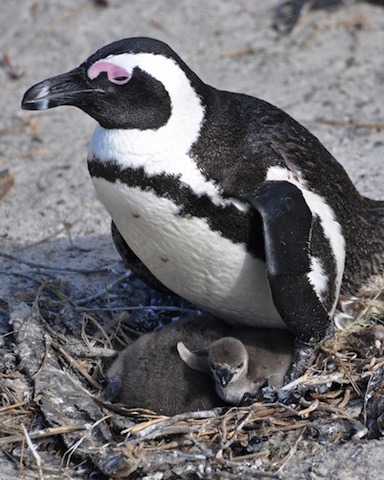 African Penguin and penguin chick
African Penguin and penguin chickThe main predators of the little penguins are feral cats, mongoose and genets, rarely even leopards. Marine animals preying on these flightless birds are Cape fur seals, which we witnessed from the beach too, and occasionally sharks and whales further at sea.
The female lays usually two eggs. 40% of the population’s eggs are robbed and eaten by kelp gulls, ibises.
The incubation period is about 40 days, when the parents both brood the eggs. When the little penguins hatch they stay for about 15 days with their parents as they cannot yet control their body temperature. At that time they are very vulnerable to land living predators.
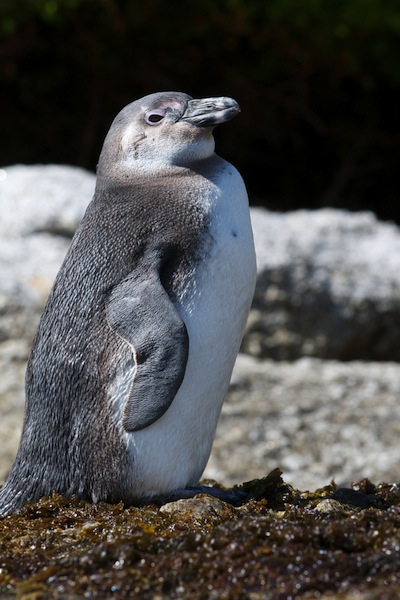 Young African penguin
Young African penguinWhen the little chicks are two to four months old, they fledge. They loose their fluff and get their blue-grey feathers. Then they leave the parents and after 12 to 22 months usually come back to their natal colony. There they will moult to get their adult feathers.
The annual moulting season in Boulders Beach is from November until February. Then you will see the pitty state of these otherwise pretty birds. They shed their feathers and look quite naked at some parts. The moult takes around 20 days. During this time they often loose half of their weight too. Luckily they will have stored some extra reserves of food during the prior months. The moulting penguins can not go to sea until the new feathers have come out fully, as the air insulation helps the penguins to retain their temperature.
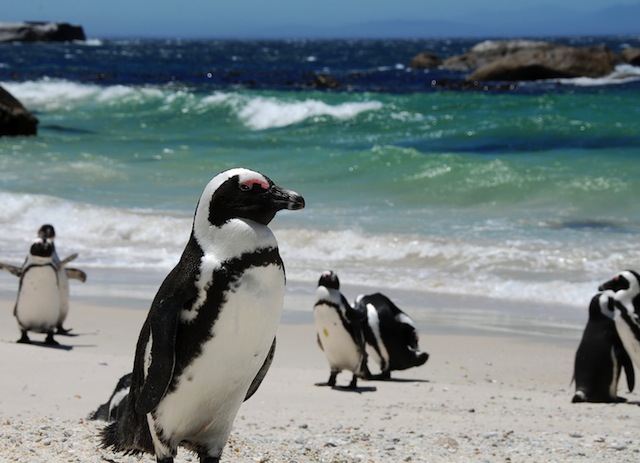 Penguins at Boulders Beach
Penguins at Boulders BeachEasy African Penguin Quiz
Have you read this page thoroughly? Then our African penguin quiz is easy for you!








The answers to this quiz will be easily found in the text above:-)
Resources for African Penguins
Main Resources for this page:
- SANCCOB. "South African Penguins - Population Trends." SANCCOB. Last accessed 6 February 2024
- Penguins International. "African Penguins." PenguinsInternational. Last accessed 6 February 2024
Picture credits: own images and Shutterstock and great penguin images by Niall Dunne, Neil Bradfield and Ecoprint
Popular Pages
More Countries in Africa
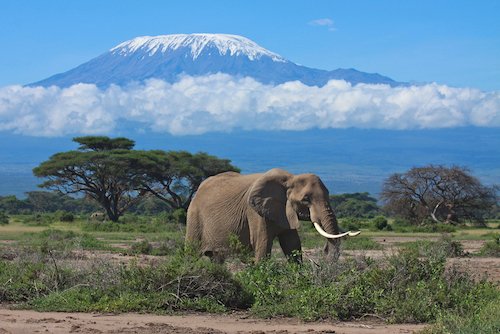 Tanzania
Tanzania